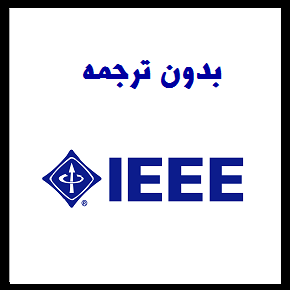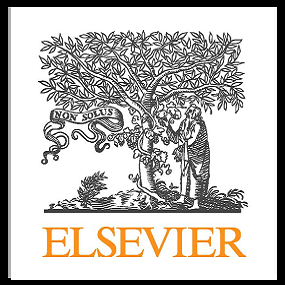دانلود رایگان مقاله روش تنظیم ولتاژ برای جبران ولتاژ و کاهش عدم تعادل در سیستم توزیع DC – سال 2018


مشخصات مقاله:
عنوان فارسی مقاله:
روش تنظیم ولتاژ برای جبران ولتاژ و کاهش عدم تعادل در سیستم توزیع DC دوقطبی کم ولتاژ
عنوان انگلیسی مقاله:
Voltage Regulation Method for Voltage Drop Compensation and Unbalance Reduction in Bipolar Low-Voltage DC Distribution System
کلمات کلیدی مقاله:
افت ولتاژ خط، سیستم توزیع کم ولتاژ DC، افت ولتاژ، عدم تعادل ولتاژ، NLDC
مناسب برای رشته های دانشگاهی زیر:
مهندسی برق
مناسب برای گرایش های دانشگاهی زیر:
مهندسی الکترونیک، سیستم های قدرت
وضعیت مقاله انگلیسی و ترجمه:
مقاله انگلیسی را میتوانید به صورت رایگان با فرمت PDF با کلیک بر روی دکمه آبی، دانلود نمایید. برای ثبت سفارش ترجمه نیز روی دکلمه قرمز رنگ کلیک نمایید. سفارش ترجمه نیازمند زمان بوده و ترجمه این مقاله آماده نمیباشد و پس از اتمام ترجمه، فایل ورد تایپ شده قابل دانلود خواهد بود.
قسمتی از مقاله انگلیسی:
Abstract
Owing to the development of highly efficient electric power converters, the number of studies on the construction of low-voltage DC (LVDC) systems is gradually increasing. To use LVDC distribution systems, voltage regulation methods to compensate for the voltage drop and to limit the voltage unbalance are essential. In a bipolar LVDC distribution system, a voltage drop and voltage unbalance could occur because of the load current and the variation in the amount of power supplied to the poles. However, not enough research has been conducted on voltage regulation methods for LVDC distribution systems. To reduce the voltage drop and the voltage unbalance, this paper proposes a voltage regulation method based on the neutral to line drop compensation (NLDC) method, which employs a modified LDC to calculate the sending-end reference voltage. In the NLDC method, the neutral current and neutral line impedance are taken into consideration to compensate for the neutral line potential fluctuation and voltage drop on the pole. The next sending-end voltage is determined by checking the voltage unbalance factor, and it is adjusted to maintain it within the allowable voltage unbalance factor. A voltage regulation algorithm and a bipolar LVDC system model are implemented using ElectroMagnetic Transients Program.
I. INTRODUCTION
TO reduce the energy losses, various studies on improving the power efficiency have been performed worldwide. In this paper, the low-voltage DC (LVDC) distribution system is investigated as a solution to the power efficiency problem, because of its many advantages. With a dc distribution system, power conversion within the appliance can be avoided and losses reduced. Moreover, the LVDC system is well suited for connection of various renewable energy systems such as photovoltaic and fuel cells producing DC power by reducing the number of conversions: DC/DC/AC to DC/DC conversion. In addition, the efficiency of the microturbine and variable speed wind turbine that produce the AC power can be improved in an LVDC system by reducing the number of conversions: AC/DC/AC to AC/DC conversion [1]–[۶]. An LVDC distribution system can be constructed as a unipolar or a bipolar system. A unipolar LVDC distribution system has only one voltage level with two wires, making it impossible to meet the voltage requirements of all electronic devices. On the other hand, a bipolar LVDC distribution system transfers DC power through three wires. In a bipolar system, various voltage levels can be implemented, which can decrease the potential to ground in the conductors. However, if the capacity of the loads connected to each pole is different, voltage unbalance can occur, which can adversely affect the receiving voltage [7], [8]. In order to solve the voltage unbalance problem in a bipolar LVDC distribution system, a dual-buck and half-bridge balancer that keeps the positive pole voltage equal to the negative pole voltage has been proposed and studied [7]–[۱۰]. In addition, a buck-boost type balancer and a dual-buck halfbridge type balancer have been proposed to be employed as the requirements for power quality increase [11], [12]. However, they operate in the perspectives of electric power converters rather than the balancer output voltage by voltage drop on the distribution line. The voltage drop on the distribution line may reduce the receiving voltage, which makes the voltage regulation method for the LVDC distribution system necessary to supply an appropriate voltage level.




